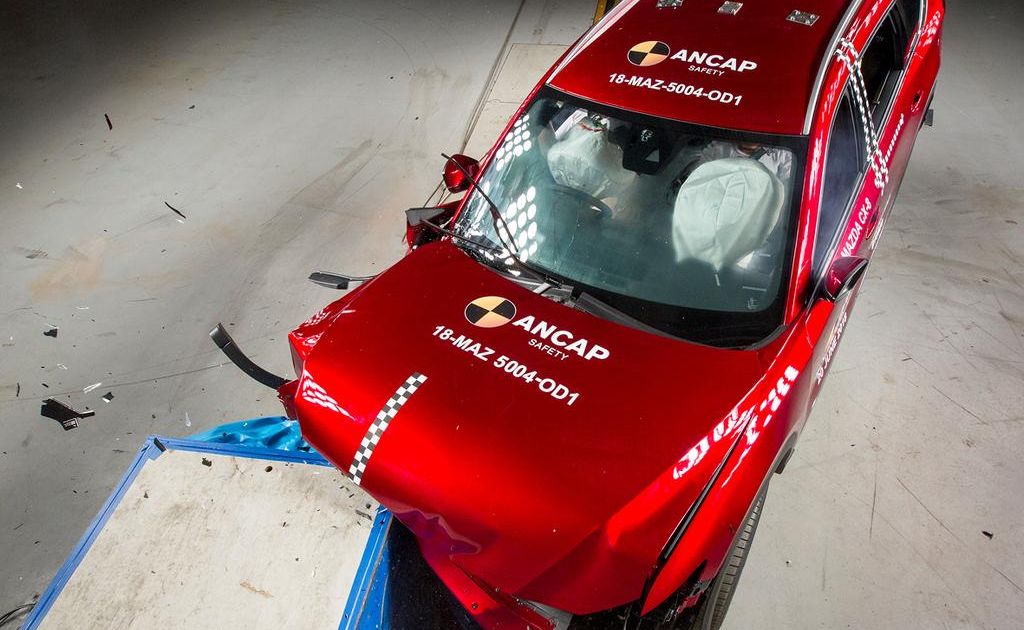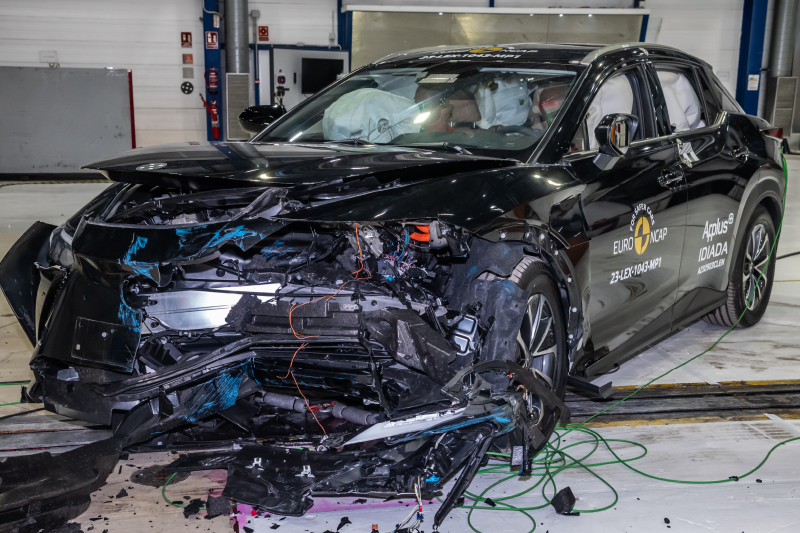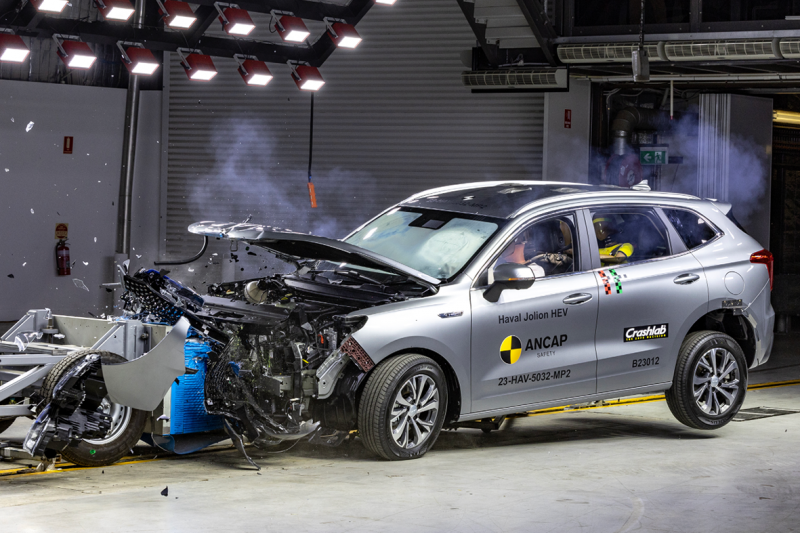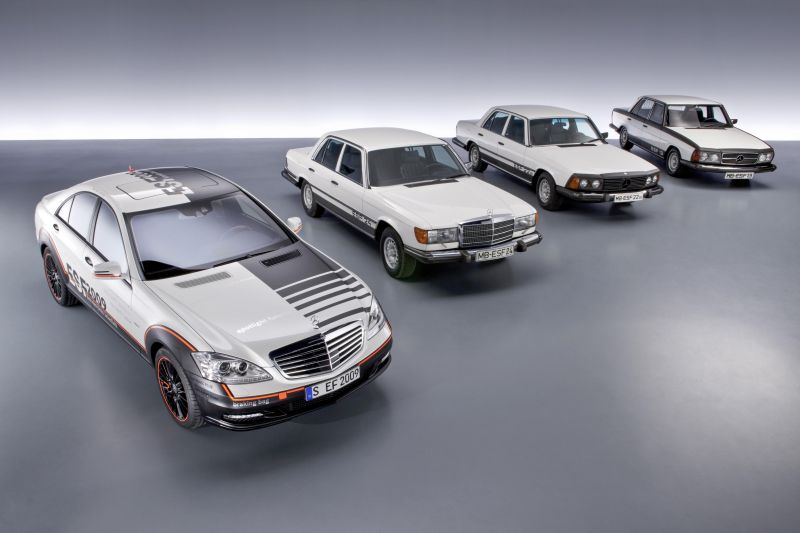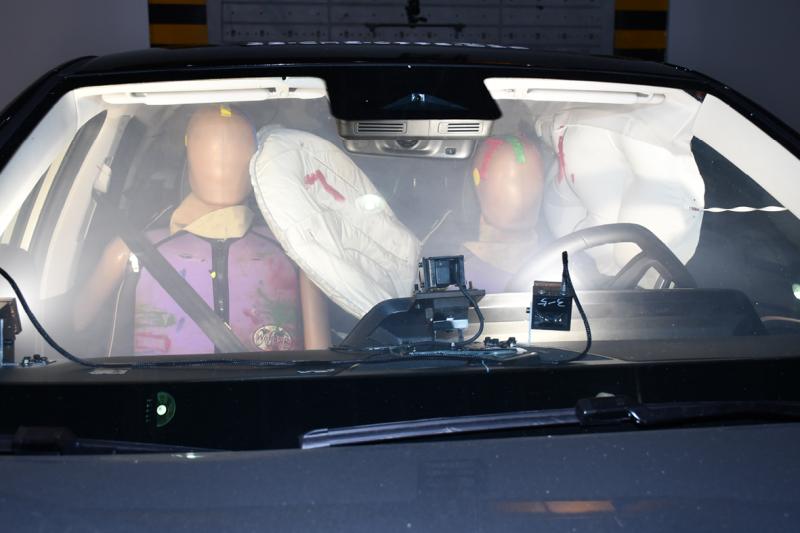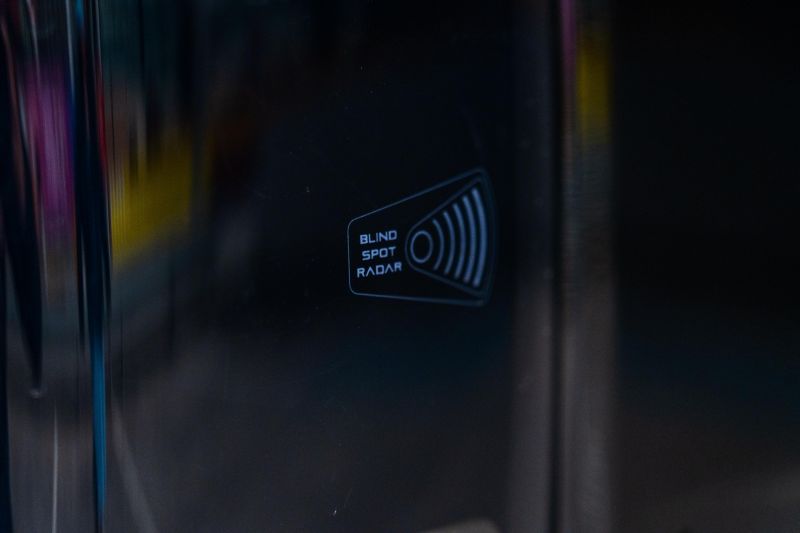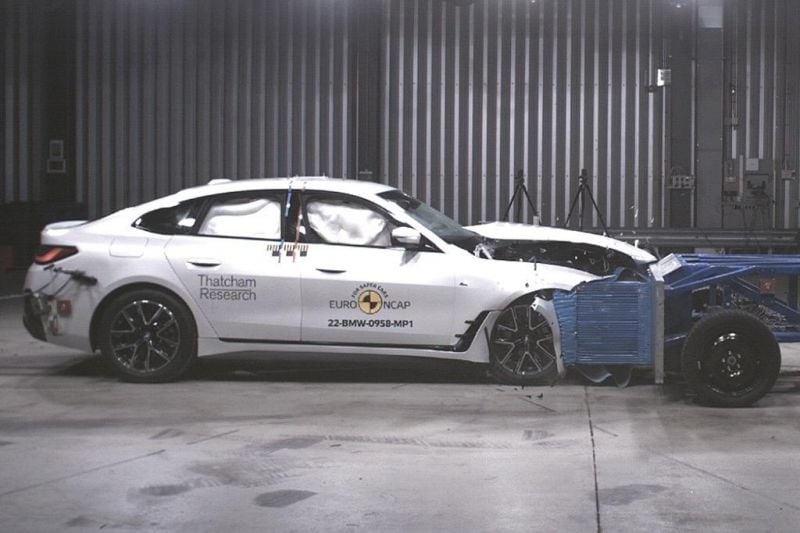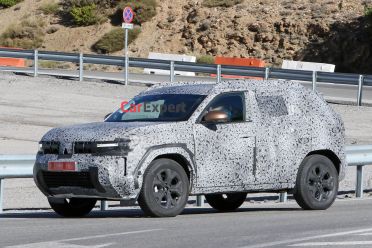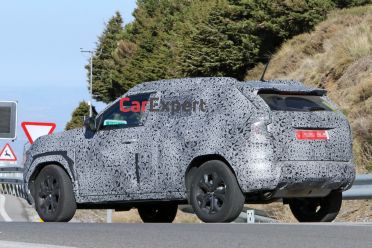[ad_1]
When ANCAP invitations Australian journalists to witness a laboratory crash take a look at it’s going to be unhealthy information – for the carmaker.
It’s a part of the method of positioning the Australasian New-Automotive Evaluation Program (ANCAP) because the saviour for new-car security in Australia.
There have been a number of embarrassing crash-test moments for carmakers over current years within the cautious sculpting of the ANCAP message.
That message? Solely five-star automobiles, as judged by ANCAP, are secure sufficient for Australia and Australians.
However is that true? Does everybody want – and even need – a automotive that slows robotically to stop a possible collision with a bicycle owner, or overrules your choices on cornering, or prevents you from altering lanes if onboard computer systems resolve the transfer is unsafe?
Extra importantly, can they afford a automotive like that?
The highest precedence for nearly everyone seems to be maintaining themselves, and their households, secure in a crash. Does that need to imply a brand-new five-star automotive?
Sooner or later, five-star automobiles may even preserve the doorways working for 2 minutes if the automotive falls into deep water. And who is aware of what comes after that?
The foundations and rules, as set by ANCAP, get more durable and more durable with the passage of time – and a world with zero deaths on our roads will get nearer.
But all automobiles bought in Australia are considered secure by the authorities in Canberra. A Porsche 911 has by no means been examined or rated by ANCAP but it’s nonetheless on sale and extremely fascinating. Nobody thinks it’s unsafe.
Automotive firms should meet the necessities for a protracted string of Australian Design Guidelines earlier than they get approval to promote a automobile in Australia.
Victoria has additionally acted alone on a number of highway security initiatives, beginning with the primary necessary use of seatbelts – from 1970 – wherever on the planet.
When ANCAP started within the early Nineties, as solely the second organisation of its sort on the planet, the bedrock was to supply clear and unbiased security outcomes.
Automotive firms had at all times finished their very own security improvement and testing, from laptop simulations to full-scale crash checks, however none have been ready to share their outcomes with automotive consumers.
Even Mercedes-Benz, which set the bar – very excessive – on security, wouldn’t go into element regardless of inviting journalists to watch its in-house take a look at work and exhibiting footage of the efficiency of rival manufacturers in its comparative testing.
The early intent was clear however there was a cut up response as Renault and Subaru broke ranks with the silent majority to advertise their ANCAP scores.
“We didn’t wish to kill our prospects,” one retired Australian CEO recalled of his firm’s assist of ANCAP within the early days.
However security was not at all times a precedence at a time when airbags have been comparatively new and most manufacturers have been reluctant to try to cost extra for added safety.
When Toyota launched a then-new Camry with solely a single airbag – for the driving force – the corporate’s advertising and marketing guru, Bob Miller, took a light-hearted strategy to the choice.
“If the automotive dies, the passenger dies too,” Mr Miller joked in reply to a query concerning the determination.
He was being light-hearted, and no-one within the press pack reported his remark, nevertheless it was a mirrored image of the occasions.
So the creation of ANCAP was a landmark transfer and nice for anybody who put security on their record of latest automotive priorities – though constant advertising and marketing analysis over greater than 20 years exhibits security shouldn’t be as essential as worth, or consolation, or extra lately infotainment.
The varied NCAP operations all over the world have at all times used a star rating, from zero to 5, to provide an general rating and comparative scores, so a consumer might see how their potential buy was rated general, and likewise the way it was ranked in opposition to showroom rivals.
There was a scale, various outcomes, and neutral and clear data. However over time, ANCAP has develop into a binary system, nearly yes-no. As a substitute of 0-1-2-3-4-5, the star rankings are actually considered all or nothing, zero or 5.
ANCAP has additionally develop into about social engineering and advantage signalling.
So for those who select a five-star automotive you’re a great individual. Even when it’s an outdated automotive with a five-star ranking from the distant previous…
Automotive firms are publicly shamed if they don’t produce a five-star consequence and consumers are at all times steered to five-star automobiles – even when ANCAP’s personal intensive database doesn’t alert individuals to the adjustments within the scoring techniques and take a look at processes through the years. So a five-star automotive from the previous may very well be approach down the size by the present measurement.
Many enterprise consumers and authorities our bodies have additionally been satisfied by ANCAP that five-star automobiles ought to be necessary as a part of their Occupational Well being and Security necessities.
The native operation has even taken a more durable stand than Euro NCAP, which does a lot of the heavy lifting on new fashions and produces the scores from its on-the-ground testing. ANCAP publishes these scores and makes use of similar crash protocols. It does some crash testing in Australia, however nowhere close to as a lot as Euro NCAP.
But a four-star ANCAP automotive will probably be described as “falling quick” or “enough” for Australia, whereas precisely the identical consequence – derived from the identical take a look at – will probably be an “general good efficiency” within the Euro NCAP outcomes.
Wanting on the background to Euro NCAP, its requirement for a four-star automotive is quoted as: “General good efficiency in crash safety and all-round; extra crash avoidance expertise could also be current”.
Even a three-star consequence means “At the very least common occupant safety however not at all times geared up with the newest crash avoidance options”.
However that strategy shouldn’t be remotely mirrored in five-stars-or-nothing Australia.
Within the case of ANCAP, it now takes a 70 per cent rating within the Security Help class – which is usually about about computerised techniques to keep away from hazard – to succeed in a five-star rating. The bar can be set at 70 per cent for Weak Highway Person Safety, together with pedestrians and cyclists.
So what’s ANCAP about and who does it serve? Is it now making a real distinction, or simply driving ahead by itself agenda?
“I do not know what it’s doing with its money and time,” a former chief of ANCAP lately advised CarExpert.
The solutions look apparent and it’s a harmful transfer because the sharp fringe of highway security is transferring away from most of the susceptible individuals the ANCAP system was supposed to assist and defend.
Not everybody can afford five-star ANCAP security in 2023 and the price of attaining the highest rating is rising and being handed to customers.
Renault-owned Dacia, which intends to launch in Australia in 2025, has already flagged a possible plan to accept a three-star ANCAP ranking to carry the value line on its worth contenders.
Security continues to be a excessive precedence and secure automobiles ought to be praised, however the highway toll in Australia is rising regardless of the most secure automobiles ever seen on the nation’s roads.
ANCAP clearly has a task, however has it overstepped its mandate?
Proper now, a five-star ANCAP rating is well known and trumpeted, and something much less is mocked and criticised.
When the result’s actually unhealthy, then it’s time to name within the vultures of the press to allow them to decide over the carcass.
[ad_2]

